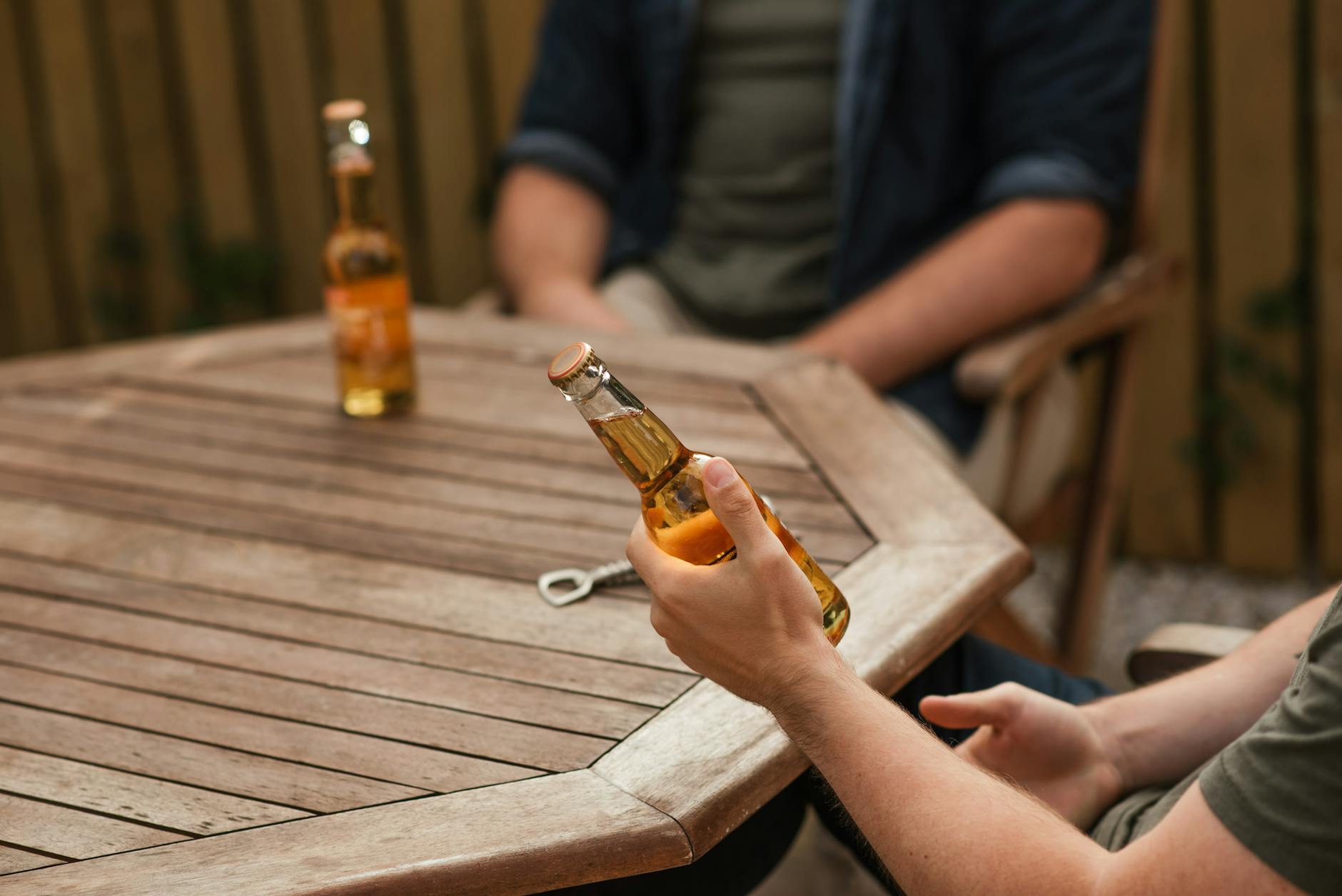Curious about the science behind getting drunk? Discover the buzz factor and find out how many beers it really takes.
Table of Contents
Have you ever found yourself pondering the age-old question: how many beers does it take to get drunk? It’s a common query that many individuals, from curious college students to seasoned drinkers, have contemplated at one point or another. In this blog post, we will delve deep into the science behind intoxication, exploring alcohol metabolism, individual tolerance levels, and the various factors that influence how quickly we feel the effects of alcohol.
Understanding Alcohol Metabolism
alcohol metabolism is a complex process that begins as soon as you take your first sip. When you drink alcohol, it is rapidly absorbed into your bloodstream through the walls of your stomach and small intestine. From there, it travels to your liver, where the majority of alcohol metabolism takes place. The liver contains enzymes that break down alcohol into acetaldehyde and then into acetate, which is eventually converted into carbon dioxide and water.
The rate at which your body metabolizes alcohol can vary depending on several factors, including your gender, weight, and metabolism. Generally, women tend to metabolize alcohol at a slower rate than men, as they have lower levels of the enzyme alcohol dehydrogenase, which is responsible for breaking down alcohol. Additionally, individuals with a higher body weight and faster metabolism may process alcohol more quickly than those who are smaller or have a slower metabolic rate.
Individual Tolerance Levels
One key factor in determining how many beers it takes to get drunk is an individual’s tolerance to alcohol. Tolerance refers to the body’s ability to adapt to the effects of alcohol over time, requiring larger amounts to achieve the same level of intoxication. Tolerance levels can vary significantly from person to person and are influenced by a variety of factors.
Genetics play a significant role in determining an individual’s tolerance to alcohol. Some people may be genetically predisposed to have a higher tolerance, while others may be more sensitive to the effects of alcohol. Frequency of alcohol consumption also plays a role, as regular drinkers may develop a higher tolerance compared to occasional or infrequent drinkers. Age can also impact tolerance levels, as younger individuals tend to have lower tolerance due to less exposure to alcohol and a lower level of the enzyme alcohol dehydrogenase.
Factors Influencing Intoxication
While the number of beers it takes to get drunk can vary based on individual factors, there are several external influences that can impact intoxication levels. The type of alcohol consumed plays a role, as beverages with higher alcohol content will lead to quicker intoxication than those with lower alcohol content. The speed of consumption is also a key factor, as drinking large quantities of alcohol in a short period of time can overwhelm the body’s ability to metabolize it efficiently.
Other factors that can influence intoxication include hydration levels, food consumption, and overall health. Drinking on an empty stomach can lead to faster absorption of alcohol into the bloodstream, while staying hydrated and eating before drinking can help slow the absorption rate. It’s important to be aware of these factors and make informed decisions about alcohol consumption to avoid overindulging and putting yourself at risk of alcohol poisoning.
Conclusion
In conclusion, the question of how many beers it takes to get drunk is a complex one that is influenced by a variety of factors. Understanding alcohol metabolism, individual tolerance levels, and the external influences on intoxication can help you make informed decisions about your alcohol consumption and prioritize your health and safety.
Remember to always drink responsibly, know your limits, and never hesitate to seek help if you or someone you know is struggling with alcohol abuse. By staying informed and making smart choices, you can enjoy alcohol in moderation and minimize the risks associated with intoxication.
FAQ
How long does it take for alcohol to be metabolized by the body?
Answer 1: On average, it takes about one hour for the body to metabolize one standard drink of alcohol. Factors like weight, gender, and metabolism can influence this rate.
Does eating food before drinking alcohol affect intoxication levels?
Answer 2: Yes, consuming food before drinking can slow down the absorption of alcohol into the bloodstream, reducing the rate of intoxication.
Are there any health risks associated with binge drinking?
Answer 3: Binge drinking can lead to a range of health issues, including alcohol poisoning, liver damage, and an increased risk of accidents or injuries.
How can one build tolerance to alcohol?
Answer 4: Tolerance to alcohol can develop over time with regular consumption, but it is important to practice moderation and be mindful of your alcohol intake to avoid dangerous levels of intoxication.


Leave a Reply